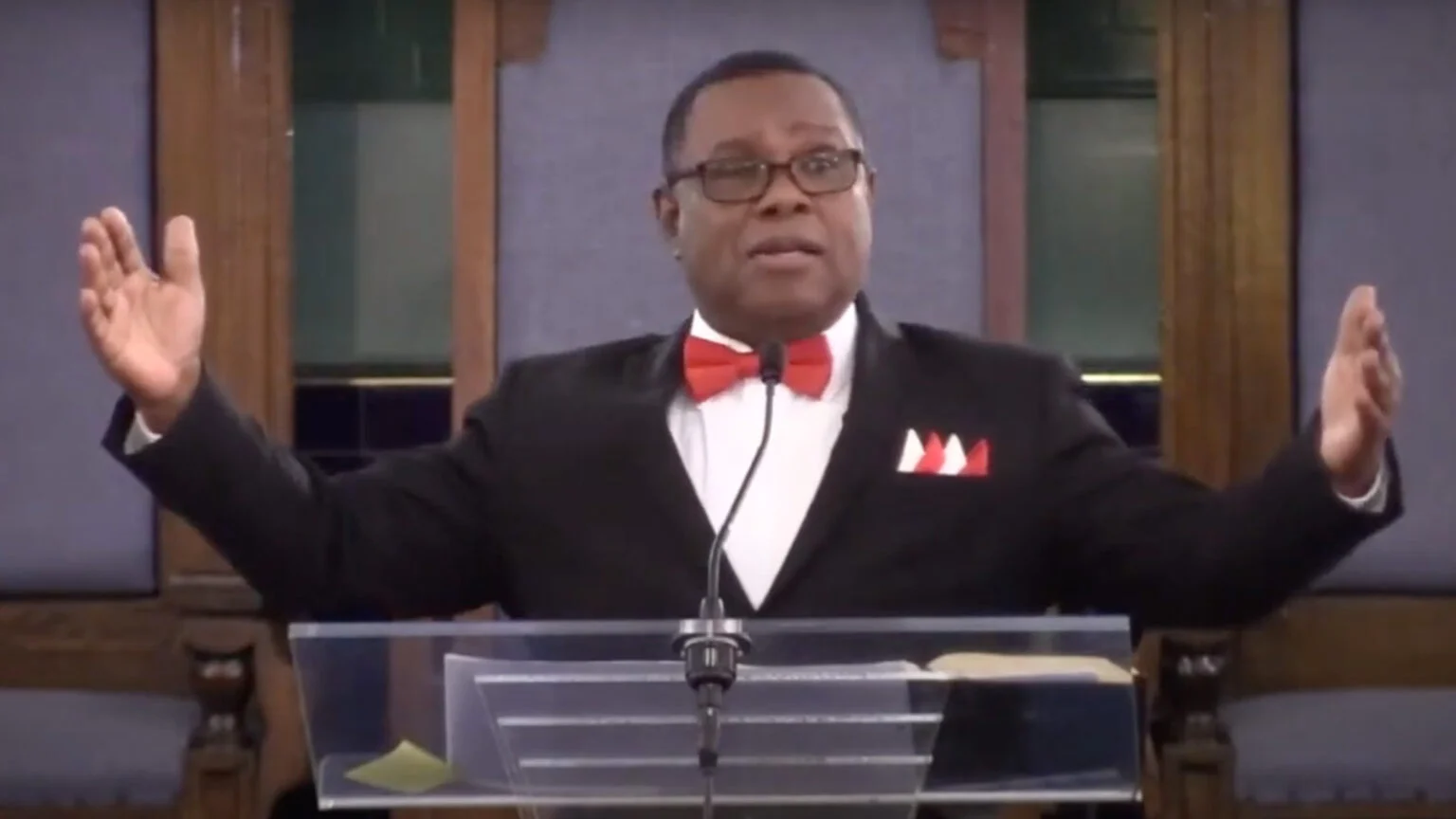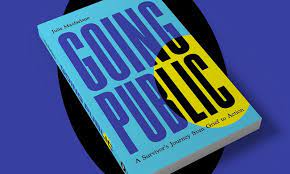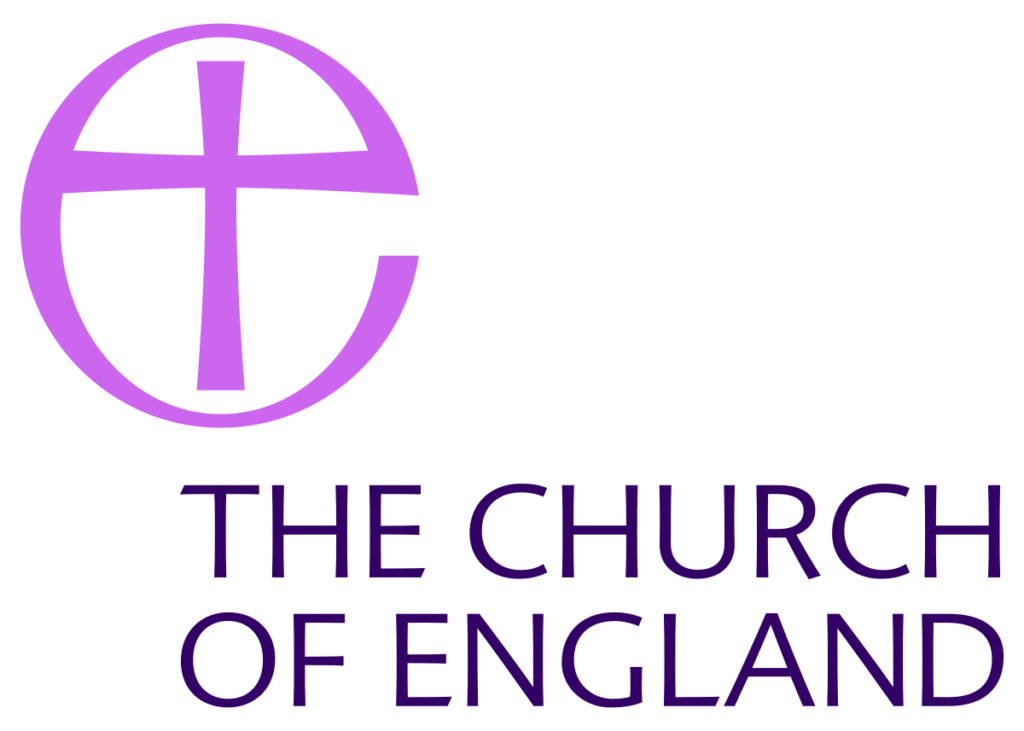
In the past few days, a fundamentalist preacher in the States, Pastor Burnett Robinson, has resigned as the Senior Pastor of the Grand Concourse Seventh-day Adventist Church in New York. Robinson got into trouble for saying that it is OK for a Christian man to rape his wife. Even though Robinson’s denomination is a somewhat heterodox fringe group, this interpretation of scripture is probably not far off that preached by other bible-believing congregations in the States. Once you have bought into the idea that the Bible is to be relied on to speak authoritatively on the topic of matrimonial relations, you might well come up with an abusive interpretation of the words: The wife does not have authority over her own body but yields it to her husband (1 Cor 7.) The other much quoted passage about male-female relationships is the one that speaks of wives submitting to their husbands. However, it has to be quickly pointed out that these interpretations can only be maintained if these passages are quoted omitting their context. The Corinthians passage contains these further words: Equally the husband cannot claim his body as his own, it is his wife’s. The attempt to encourage what is essentially a criminal act, by quoting half of a verse, is quickly seen as invalid and outrageous. Any Christian can see that manipulation of the meaning of a scriptural passage in this way is completely out of order. It has absolutely nothing to do with any debate about the authority of scripture for Christians. An incomplete quotation of any passage, whether from the Bible or from literature generally, will frequently distort meaning. Such distortion has to be resisted regardless of one’s background theology. What Pastor Robinson has attempted to do is to spin a false reading of the text and this is effectively an attack on integrity and truth. Can the perpetrator of such a lie ever be trusted again?
The word that has crept into the discussion of this biblical quotation is the word context. Clearly the meaning of the Corinthians passage changes significantly when It is completed by the second half of the verse. We have other insights to gain from studying this verse segment by placing it not only in the context of the whole verse, but also in the setting of Paul’s overall ideas on women. These seem to have varied over his writing career. What he had to say about women seems to change, possibly according to his mood. In one key passage he lyrically describes the differences between the sexes as having no importance. On other occasions his approach is legalistic, some would say oppressive. Because of this variety of approaches to women, we cannot say that Paul had a consistent attitude. Thus, we cannot just take any single passage and build an entire edifice of belief and practice around it. We need to understand the total context of Paul’s thinking on the topic and make a judgement about which verse, or section most closely represents his assumed core thinking. This task is in no way straightforward. There are plenty of other problematic passages in Paul, and elsewhere, where we hesitate to pronounce them as normative for contemporary Christian behaviour. I am thinking here particularly of assumptions about slavery and the rearing of children. These topics go beyond today’s blog discussion. What I want to emphasise at this moment is how important it is always to read every biblical passage, not as an isolated fragment of God’s teaching, but as one which emerges out of a context. The context is one which may be partly theological and partly cultural. Removing any saying or teaching from its original context is likely to lead to a distortion of meaning. The removal of Pastor Robinson from office for doing just this was justifiable and necessary.
Understanding how a biblical injunction or segment of Christian truth fits within its original context is to begin to see the importance of in-depth bible study and scholarship. To understand any passage of scripture at depth, one has to get out of a pik ‘n’ mix approach. This is the way of approaching scripture as a mine full of quotable treasures surrounded by other passages of much less interest for the task of preaching. Another image that comes to me to describe a failure to engage scripture at sufficient depth, is to regard the study of scripture as being like negotiating a raging torrent. Many preachers are fearful of getting wet, so they avail themselves of a series of large steppingstones provided to ensure a safe passage across. These steppingstones are the safe memorised quotations which can be confidently inserted into any sermon. These give the impression of a complete doctrinal orthodoxy in Christian teaching. The actual situation, which most ‘liberal’ preachers have discovered, is that the ‘truth’ of Scripture is not to be found on the safe stones that appear above the torrent, but sometimes in the depths of the dangerous waters. Biblical scholars, and those who read their works, are used to getting thoroughly soaked in the waters of this torrent. Another problem about the fast-flowing torrent is that the bottom, a place where we would like to stand securely, is sometimes hard to find. This makes these scholars into pilgrim explorers of unknown regions. Studying Scripture at depth with the tools of critical analysis and a familiarity with ancient languages is a tough call. Few preachers can give the time for this kind of study. But one thing can be asked of every single preacher who ascends a pulpit on a Sunday morning. Just because the detail of biblical scholarship is not part of your training, it is wrong to condemn it because it appears superficially to undermine faith as you understand it. Many biblical scholars are men and women of faith. Perhaps two things make their journeys different from the simplistic approach to Scripture which the people in Pastor Robinson’s congregation have followed. In the first place, scholarly informed preachers take the context of the words of Scripture very seriously indeed. They see connections and meanings which cannot be glimpsed if we read Scripture only as a series of proof texts accommodating a preconceived doctrinal pattern. The second aspect of the scholarly approach is that the task of exploration is undertaken with no sense of fear. The scholars know that their findings, like those in science, may be changed or reformulated in a short space of time. That experience of provisionality does not put them off their task. They accept the fact that much of the church misunderstands their vocation to follow the fearless but untidy uncovering of truth wherever it leads.
Much modern Christian preaching seems to consist of teaching the Bible in easy to remember slogans. Just as the preacher has kept his/her feet dry by not exploring the depths of the torrent, so the listeners are not encouraged to ask questions or explore the deeper realms of their own individual spiritual journeys. Many Christians would prefer to understand their Christian journey as an adventure through dangerous rapids rather than walking along a path carefully manicured, with tidy lawns and predictable views. I venture to suggest that the real task of pastoral care is the task of accompaniment through a life of spiritual discovery rather than the handing on of safe religious platitudes. The formulaic package of truth is often what is on offer, not a deep understanding of spiritual experience. The former version of truth has no nuance about it. There is no flexibility in the words in which it is expressed. Above all there is no sense in which this kind of faith emerges from a context which engages with tradition, language and truth. The word truth is of course another of those slippery words which can divide people as much as unite them. It is hard to agree in words on what truth in fact is. Part of the problem is that truth needs words and somehow these words often prove inadequate to express its nature. Truth in other words, normally transcends our words and concepts.
I enter this difficult and politically contentious world of scriptural interpretation because I am aware of the way that some preaching is causing real harm to groups of people. The damage caused to sexual minorities and women who are trying to be faithful to their husbands in a ‘biblical’ way, is extensive. I comment on these topics in order to help some people to become more aware of what is going on. What is, in fact, going on in many situations, when the Christian rhetoric is stripped away from the situation, is the assertion of male domination over women. It is that that needs to be challenged. Power abuse in the name of the Bible is always blasphemous and to be resisted. In the case of Pastor Robinson, it was so outrageous that it could be dealt with quickly. In most other contexts where the Bible is used to oppress women, that persecution may be subtle, hidden and unchallenged. My response to those who misuse the Bible to hurt others, is to say, you have failed to understand. You are taking biblical words out of context. Shame on you for failing to understand and share the wider picture, the proclamation of the transforming love that Jesus came to bring.








